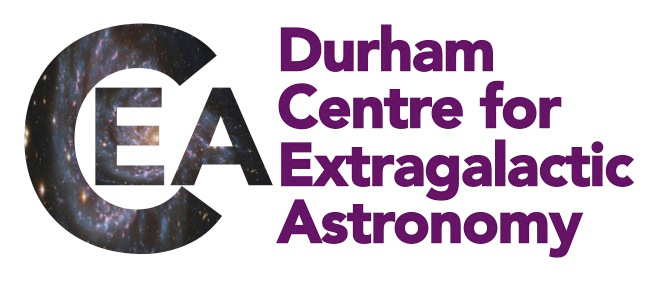CEA News, January 2020
A limit on Planck-scale froth with ESPRESSO
Models of quantum gravity predict that the very structure of spacetime on length scales comparable to the Planck length, lP = 1.6 x 10-35 m, is `frothy' or `foamy' - spacetime should contain `bubbles' of uncertainty. The basic idea is that distance measurements come with some intrinsic uncertainty, and this uncertainty becomes magnified over very large distances. Consider a laser that is very far away, and emits light of precisely a single wavelength (i.e. colour). As this light travels through spacetime, it accumulates uncertainty, and the laser light would exhibit a larger spread in energy as it travels further.

Astronomers from the CEA have used ESPRESSO* Science Verification observations to provide a novel limit on the existence of spacetime foam. ESPRESSO is a spectrograph on the European Southern Observatory's Very Large Telescope at Cerro Paranal in Chile. This study was made possible because ESPRESSO is a very well-calibrated and stable instrument, allowing this team to directly measure the energy width of an intrinsically narrow Fe II absorption line. The width of this line places an upper limit on the amount of spacetime foam-induced broadening. This team concludes, if photons take discrete steps through spacetime, and accumulate a Planck-scale uncertainty at every step due to quantum foam, then the ESPRESSO observations require that the photon step size must be at least 1013.2 lP. They have also identified targets that will allow us to improve this limit of quantum foam by more than an order of magnitude with future ESPRESSO observations.
* ESPRESSO stands for Echelle Spectrograph for Rocky Exoplanet and Stable Spectroscopic Observations.

